Ensuring proper pool maintenance is essential for preserving water quality, extending the lifespan of pool equipment, and creating a safe and enjoyable swimming environment. Among the various components that contribute to efficient pool operation, pool valves play a crucial role in regulating water flow, controlling pool functions, and optimizing system performance. Moreover, pool actuator valves serve as integral components that facilitate automated control and adjustment of water flow to different pool features, enhancing convenience and customization for pool owners. In this article, we will delve into the significance of meticulous pool maintenance, provide insights into the functionality of pool valves, and highlight the importance of pool actuator valves in ensuring efficient and effortless pool operation.
Understanding the Function of Pool Actuator Valves
The functionality of a pool system often relies greatly on the existence of well-functioning pool valves that regulate how flowing water is directed within the pool infrastructure. But they are also responsible for making sure water flows in certain directions, at certain speeds, and is directed to specific outlets or equipment in the pool system. Pool valves are critical to the way pool features like filtration, heating, and water features operate.
The water flow and distribution through the pool infrastructure is handled with Pool valves. The selective routing of water to and from various pool components and equipment such as filtration, heating, chemical treatment, and water feature operation is enabled. Pool valves open, close, or divert flow to help maintain water quality, temperature regulation, and efficient operation of pool accessories.
Types of Pool Valve Actuators
Pool valve actuators serve to automate the operation of pool valves, providing convenient and programmable control over water flow without manual intervention.
Actuator Type | Description | Operation Method |
Automated pool valve actuators | Actuators that use motors and electronics to enable remote or automated control of pool valves. | Integrated into pool automation systems, allowing synchronous management of multiple valves. |
Manual pool valve actuators | Traditional actuators require manual, physical manipulation to control pool valve settings. | Operated by hand, providing a conventional method for controlling pool valve functions. |
How to Install Pool Valve Actuator
Start by turning the pool pump off and leaving the pump off, so no electrical component thereof or any other component is stressing itself for the installation.
Locate and remove the old actuator: The existing pool valve actuator is usually located close to the pool pump and filter system. If you have an electrical connection on the valve mechanism, disconnect this and unfasten the old actuator.
Installing the new actuator and connecting it to the pool valve: So align the new pool valve actuator to the valve assembly properly and safely. Make the necessary connections, according to the manufacturer's instructions, between the electrical wiring of the new actuator to the designated terminals.
Common mistakes to avoid
Ensure proper alignment: If you are installing a new pool valve actuator, make sure it lines up with the pool valve before that pool actuator valve leaks.
Secure electrical connections: Double-check all new electrical connections to the new actuator to ensure all is well and no random electrical lead may have come loose or connections gone improperly.
Leak testing: After you have installed them, you should go on and thoroughly examine for any signs of leak from the pool actuator valve. The first way is to address the leaks quickly to prevent water wastage and the pool system.
How to Adjust Pool Valve Actuator
Before you adjust the pool valve actuator, become familiar with its components and how it works. The position of the pool pump valves is controlled by the actuator which accordingly regulates water flow to various parts of a pool system.
You will need to adjust the valve actuator (or control panel or interface) for you to be able to set the flow rates you want for your pool pump valves. The optimal water flow for each part of the pool system is achieved by making incremental adjustments to the actuator.
When you adjust the pool valve actuator, you need to make sure the changes work by testing. Turn on the pool pump and see what the valves do. Make sure each pool pump valve is checked to make sure that they are opening and closing as adjusted.
After the adjustments are completed, continue to inspect the pool pump valves individually to ensure that they are working properly. You want to make sure that the valves open all of the way, so the water can flow properly, and close up tight to prevent leaks or to make the system less efficient.
If no adjustments apply, consider the valve actuator, or if the pool pump valves do not respond as expected or if the water flow rates are not optimal, make further adjustments to the valve actuator.
Troubleshooting Pool Valve Actuator Issues
if you run into problems with a pool actuator valve not working, it’s important to understand pool valve actuator troubleshooting to get to the bottom of the problem.
The Pool actuator valve not working
Check power supply: Make sure that the pool actuator valve is powered. Check the electrical connections and make sure that there are no loose or damaged wires. The valve can malfunction if there is a lack of power.
Inspect for obstructions: Look for any amount of debris, dirt, or obstructions that might prevent the valve from moving. If you can get them clear you can return the proper functionality.
Evaluate the actuator switch: Check the pool valve actuator switch to make sure it is functioning properly. The valve can have problems with its operation due to a faulty switch.
Troubleshooting steps
Testing the actuator: Test the actuator's electrical connections with a multimeter and check if the actuator is getting the right voltage. If the actuator isn’t getting enough power, look at the electrical circuit for any deficiencies.
Checking the valve's movement: Open the pool valve actuator switch and watch the valve move. If, in turning it on and off repeatedly, it does not respond or move erratically, it is a sign of internal mechanical problems that probably need attention.
Diagnosing control board problems: Look at the control board for any sign of damage or malfunction and if the actuator and switch appear to be OK, that's it. Electrical continuity test the board and if necessary seek professional help.
Maintenance Tips for Pool Actuator Valves
Maintenance Task | Description | Action Steps |
Routine maintenance | Ensure proper functioning and longevity of pool actuator valves. | - Periodically inspect for wear and tear. - Clean debris and dirt buildup around valves. - Lubricate valves as per the manufacturer’s recommendations. |
Monitor performance | Check for irregularities during pool operation to detect issues early. | - Observe for odd noises, delayed switching, or inconsistent movement. - Inspect for wet spots around valve connections, which could indicate leaks. |
If you include these maintenance tips in your pool maintenance routine, you can keep pool valve actuators functioning and lasting. Proactive care of pool actuator valves will help keep your pool equipment performing at optimal levels and extend the life of your pool equipment.
Master pool’s performance with an overview of Swimming Pool
The most important thing is proper installation and adjustment of pool actuator valves is needed for proper pool maintenance and proper operation of your pool system. These valves are important for directing water flow, controlling pool functions and water circulation, temperature, and balance. Your best bet for extending the life of your pool equipment and preventing expensive repairs in the future is to practice routine inspection, lubrication of moving parts, and replacement of worn pieces as necessary. USA Pool Shop offers a wide range of pool plumbing parts, including pipes, fittings, and check valves from top brands like Jandy pool valve actuators, along with other replacement parts for pool maintenance.
FAQs
Why should you choose the best pool valve actuator?
Choosing the right pool valve actuator is important to maximize pool performance, to be compatible with existing equipment, to increase reliability, and ease of operation, and to have features such as remote control for better water flow control and system management.
What do you do if your dryer drum is loose?
Look over and tighten or replace rollers, bearings, and belts of the drum support components. Check to make sure the dryer isn’t overloaded and make sure the laundry load is balanced to avoid loosening.
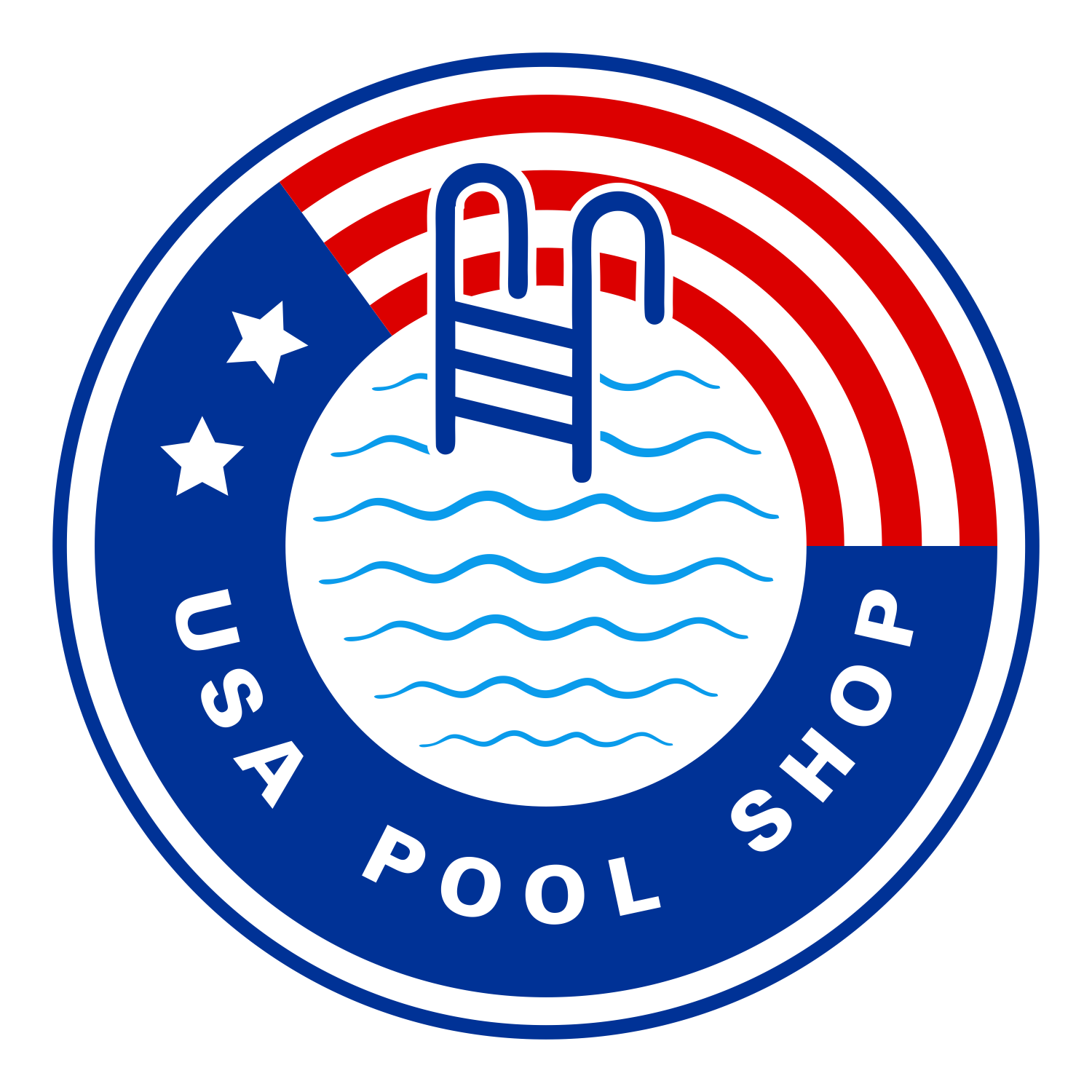
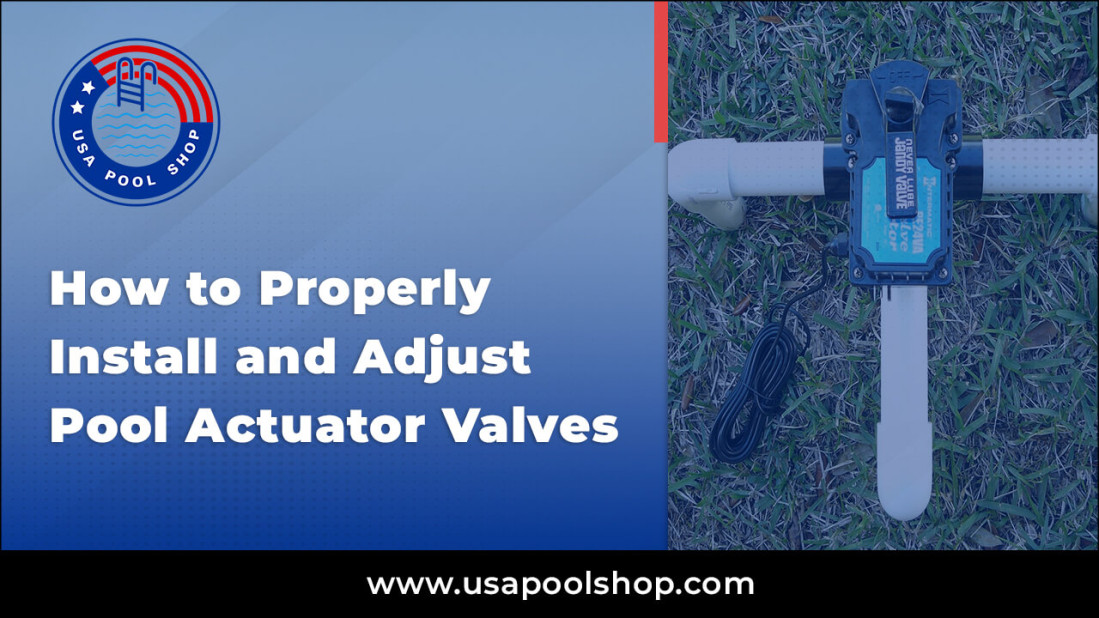
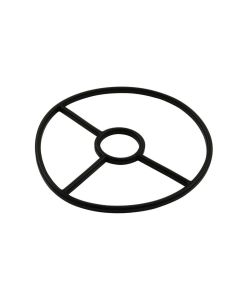
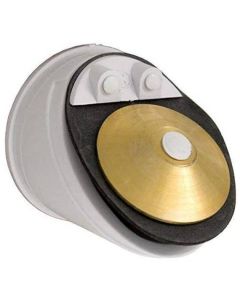
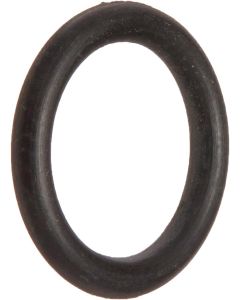
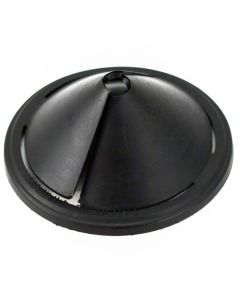
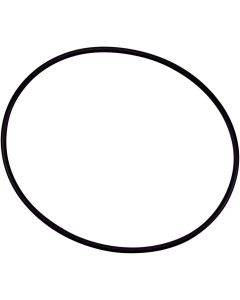


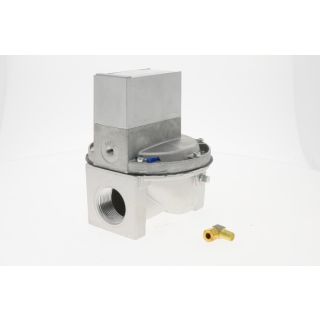
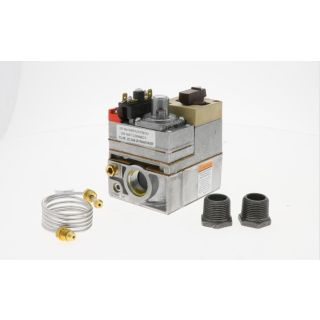
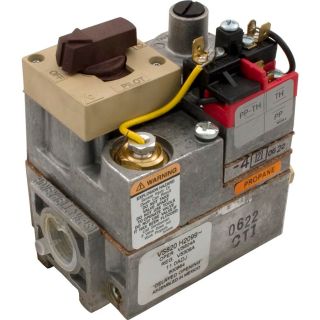
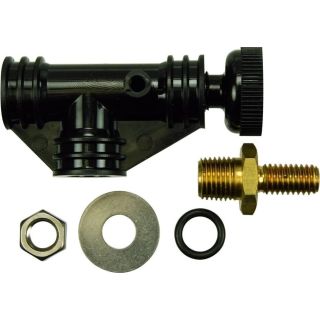
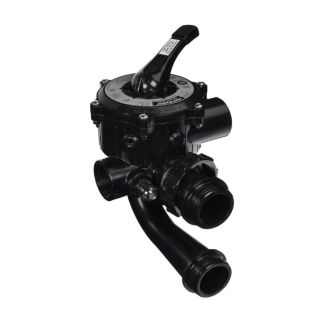

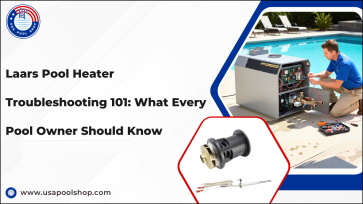
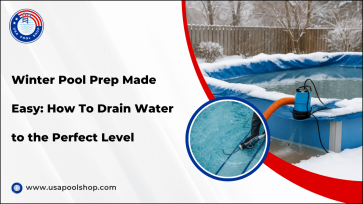

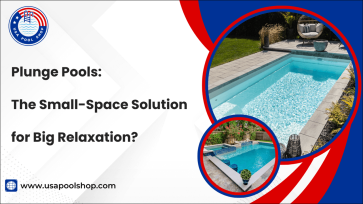
Validate your login